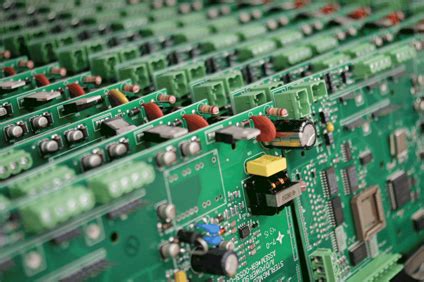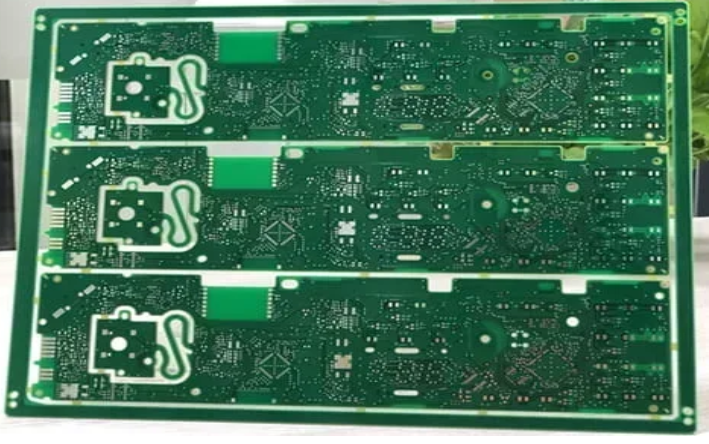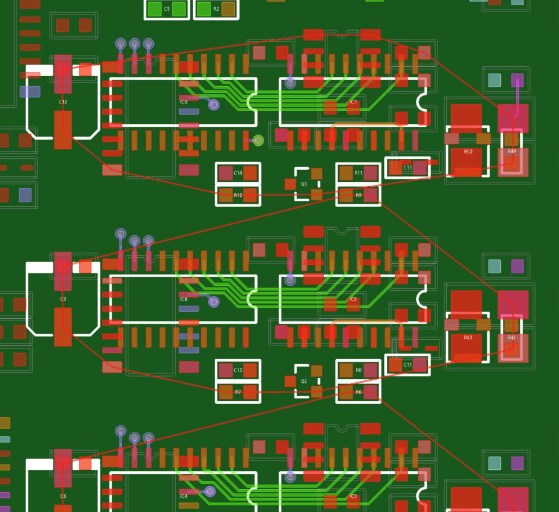Understanding PCBA in Printed Circuit Board Assembly Processes
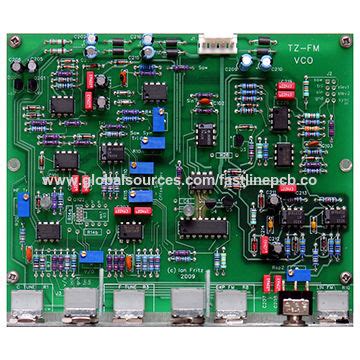
Key Takeaways
The PCB assembly process is crucial in the field of electronics, ensuring that components are correctly placed on the printed circuit board to create functional devices. Understanding PCBA involves recognizing key players in this process, including not only the components themselves but also the techniques employed in their integration. These techniques range from manual soldering to advanced automated assembly lines, demonstrating a significant evolution in manufacturing capabilities. Each method carries its own set of advantages and challenges, impacting not just the efficiency but also the cost and quality of the final products.
A vital aspect of PCB assembly is quality assurance, which plays a pivotal role in maintaining high standards throughout production. This ensures that every circuit board produced meets rigorous specifications before reaching consumers. In addition, as technology advances, embracing automation in PCBA becomes increasingly essential for enhancing efficiency and reducing human error. The incorporation of automated systems can streamline production processes while maintaining or even improving product quality.
Recognizing these key elements provides deeper insight into how PCBA affects not only manufacturers but also end-users who rely on electronic devices daily. By continuously innovating and addressing challenges within PCB assembly practices, businesses can position themselves favorably within a competitive market landscape.
| Key Component | Description |
|---|---|
| Components | Resistors, capacitors, ICs, connectors |
| Techniques | Manual soldering, wave soldering, reflow |
| Quality Assurance | Testing methods like AOI (Automated Optical Inspection) |
| Automation | Robotics used for placement and soldering |

Introduction to Printed Circuit Board Assembly (PCBA)
Printed Circuit Board Assembly (PCBA) is a fundamental aspect of modern electronics, where the integration of electronic components onto a printed circuit board (PCB) is executed with precision and care. This intricate process is crucial for the functionality of devices, ranging from simple household gadgets to complex industrial machinery. PCBA involves several stages, including surface mount technology and through-hole technology, both of which ensure that components are securely attached to the PCB. The significance of pcb assembly can be seen in its ability to enhance the reliability and performance of electronic products. By utilizing various techniques in the PCBA process, manufacturers can achieve high levels of efficiency while maintaining stringent quality standards. This not only reduces production costs but also minimizes errors that could lead to device failures. Ultimately, understanding the intricacies of pcba allows stakeholders to make informed decisions that impact product development cycles and market competitiveness.

Key Components Involved in PCBA
In the realm of PCB assembly, understanding the key components involved in the PCBA process is crucial for ensuring high-quality electronic products. The foundation of printed circuit board assembly lies in several essential elements, each playing a significant role in the assembly and functionality of electronic devices. First and foremost, there is the printed circuit board (PCB) itself, which serves as the backbone for mounting electronic components. Key components such as resistors, capacitors, and integrated circuits (ICs) are meticulously placed on the PCB during surface mount technology (SMT) or through-hole technology processes.
Moreover, solder is vital in ensuring a robust connection between these components and the board. Other notable components include connectors, which facilitate communication between different circuit parts, and thermal management devices like heat sinks that ensure optimal operating temperatures for sensitive electronics. Understanding these elements not only aids manufacturers in optimizing their PCBA processes but also highlights their importance in achieving reliability and functionality within various applications. Ultimately, a thorough grasp of these key components allows for enhanced design choices that positively impact both quality and performance in electronic manufacturing.
Techniques and Methods in PCBA Processes
In the realm of PCB assembly, several techniques and methods are employed to ensure effective and efficient PCBA. One widely used approach is surface mount technology (SMT), which allows for the mounting of components directly onto the surface of the printed circuit board. This technique minimizes space and enables higher component density, ultimately leading to improved performance in electronic devices. Additionally, through-hole technology remains prominent, particularly for components that require stronger mechanical connections.
Another critical method in PCBA processes is the use of automated optical inspection (AOI). This innovative technique inspects solder joints and component placement with remarkable precision, facilitating early detection of potential defects. Implementing AOI not only enhances quality assurance but also helps reduce production costs by minimizing rework.
Moreover, implementing an efficient PCBA process often involves a combination of manual assembly techniques alongside automated solutions. Human operators play a vital role, particularly in complex assemblies where intricate connections must be made with dexterous handling.
“Embracing a balanced approach between automation and manual skills can significantly enhance the quality and reliability of PCB assembly processes.”
Furthermore, utilizing reflow soldering techniques effectively ensures that components are securely bonded to the printed circuit boards, thus optimizing connectivity and durability. Understanding these methods is essential for achieving high-quality outputs in electronic manufacturing, making them critical components in modern PCBA operations. By consistently refining these techniques, manufacturers can ensure that their products adhere to stringent industry standards while remaining competitive in a rapidly evolving market.
Quality Assurance in Printed Circuit Board Assembly
Ensuring quality in pcb assembly processes is paramount for achieving reliable and efficient electronic devices. The PCBA (Printed Circuit Board Assembly) involves multiple stages, each requiring rigorous quality checks to identify defects and ensure compliance with industry standards. A pivotal aspect of quality assurance is the implementation of comprehensive testing methods such as Automated Optical Inspection (AOI) and X-ray inspection. These techniques help detect potential issues such as misalignments, solder defects, and component placement errors early in the process. Moreover, adherence to industry standards like IPC-A-610 guarantees that the assembled circuit boards meet necessary criteria for performance and reliability. Continuous monitoring of production processes and feedback loops allow manufacturers to proactively address any discrepancies, ultimately leading to enhanced product durability. In a market where consumer expectations are high, maintaining stringent quality assurance measures not only minimizes rework costs but also fosters customer trust—key elements for success in the competitive landscape of electronic manufacturing. Ultimately, a robust quality assurance framework is essential to ensure that every pcba meets its intended functional requirements while maintaining product integrity.
The Role of Automation in PCBA Efficiency
The integration of automation in Printed Circuit Board Assembly (PCBA) processes has revolutionized the way electronic components are manufactured and assembled. By employing advanced technologies such as robotics, automated optical inspection (AOI), and surface-mount technology (SMT), manufacturers can significantly enhance the efficiency and accuracy of pcb assembly. Automation minimizes human error, reduces production time, and allows for consistent quality across large production runs. For instance, automated pick-and-place machines can position thousands of components per hour with remarkable precision, leading to a streamlined workflow. Moreover, automation facilitates real-time monitoring and data collection, enabling manufacturers to promptly identify any issues that may arise during production. This proactive approach to quality control is essential in achieving the desired standards of excellence in pcba processes. Furthermore, as the demand for smaller and more complex electronic devices continues to grow, automation will play an even more crucial role in handling intricate pcb assembly tasks that require high precision and speed. Ultimately, embracing automation not only enhances operational efficiency but also paves the way for innovative practices within the field of electronic manufacturing.
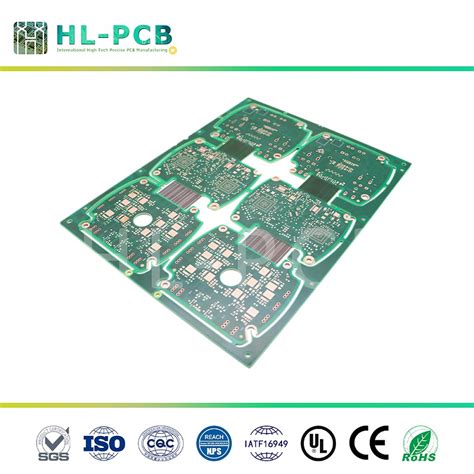
Challenges in PCBA and Solutions
The pcb assembly process presents several challenges that can affect the overall quality and efficiency of production. One common issue is the misalignment of components during assembly, which can lead to malfunction or failure of the final product. This misalignment often arises from inadequate calibration of automated assembly machines. To mitigate this, manufacturers should prioritize regular maintenance and calibration processes, ensuring that equipment operates with precision. Another challenge involves the selection and sourcing of high-quality materials. Using substandard components can result in a significant drop in performance and durability. Establishing strong relationships with reputable suppliers is essential to obtaining reliable parts for PCBA.
Moreover, temperature control during the soldering process is crucial; overheating can damage sensitive components while insufficient heat may result in cold solder joints. Thus, implementing robust thermal profiles and monitoring systems can enhance solder quality and component integrity in pcba operations. Additionally, the integration of advanced inspection technologies, such as automated optical inspection (AOI) systems, helps to identify defects early in the process, reducing waste and rework. By recognizing these hurdles and actively addressing them with appropriate solutions, manufacturers can significantly improve their PCB assembly outcomes while maintaining high standards for quality and efficiency.

Future Trends in Printed Circuit Board Assembly Techniques
As the field of printed circuit board assembly (PCBA) continues to evolve, several emerging trends are reshaping how PCB assembly is approached in modern manufacturing. One notable advancement is the increasing integration of smart technologies and Internet of Things (IoT) capabilities into PCBA processes. This integration allows for enhanced real-time monitoring and control, significantly improving the efficiency of manufacturing lines. Additionally, advancements in automation—including robotics and artificial intelligence—are streamlining production tasks, reducing human error, and facilitating precision placement of components on the printed circuit board. Another trend is the shift towards sustainability, where organizations are adopting eco-friendly materials and processes to minimize electronic waste and energy consumption during the PCB assembly process. Furthermore, as electronic devices become more compact, there is a growing demand for innovative design techniques like microvias and multilayer boards to accommodate complex functionalities within smaller spaces. Collectively, these trends reflect a significant transformation in the approach to PCBA, wherein efficiency, quality assurance, and sustainability are prioritized for future electronic manufacturing endeavors.
Conclusion
In summation, understanding PCBA is vital for anyone involved in the realm of electronic manufacturing. The pcb assembly process is intricate, involving several key components that work in harmony to produce a functional circuit. Adopting the right techniques and methods enhances efficiency and maintains the quality of the end product. Effective quality assurance practices further ensure that each assembly meets the required standards, minimizing defects and maximizing reliability. The ongoing integration of automation into pcba processes has revolutionized operations, allowing manufacturers to produce intricate designs at an unprecedented scale and speed. As challenges arise within this dynamic sector, there is a continuous effort to innovate solutions that address efficiency and quality concerns. With technological advancements promising exciting future trends, the landscape of printed circuit board assembly appears poised for significant evolution. Engaging with ongoing developments in this field will become increasingly important for stakeholders who seek to remain competitive in the marketplace. Understanding these elements sets a solid foundation for grasping the full scope of printed circuit board assembly, establishing its critical importance in today’s electronics-driven world.
FAQs
Q: What is PCBA?
A: PCBA, or Printed Circuit Board Assembly, refers to the process of soldering electronic components onto a printed circuit board (PCB) to create a functional electronic device.
Q: What are the key components involved in PCB assembly?
A: Essential components in PCB assembly include resistors, capacitors, integrated circuits, and connectors. Each component plays a crucial role in ensuring the circuit functions correctly.
Q: How is quality assurance achieved in PCBA?
A: Quality assurance in PCBA involves rigorous testing processes, including visual inspection, automated optical inspection (AOI), and functional testing to identify and rectify issues before the product reaches the market.
Q: What role does automation play in the efficiency of PCB assembly?
A: Automation significantly enhances efficiency in PCB assembly, allowing for faster production times, increased precision, and reduced labor costs by using machines for tasks such as soldering and component placement.
Q: What challenges are commonly faced during PCB assembly processes?
A: Common challenges include component misalignment, soldering defects, and managing supply chain issues. However, employing advanced techniques such as machine learning can help mitigate these problems.
Q: What are the future trends in PCB assembly techniques?
A: Future trends include the adoption of more sustainable materials, increased use of Artificial Intelligence for process optimization, and advancements in microelectronics that lead to more compact designs.



